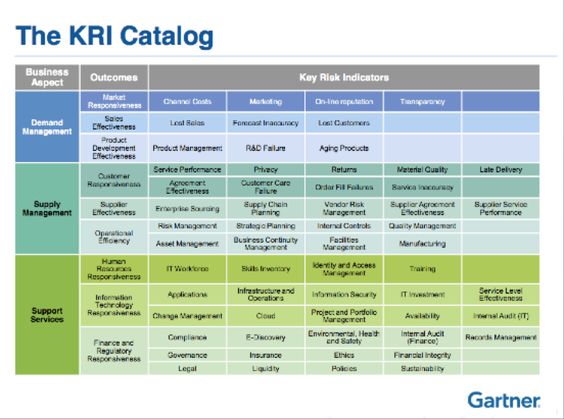Project Risk Analysis Model
What is Project Risk Analysis?
Project Risk Analysis is the process of identifying, assessing, and mitigating potential risks associated with a project or initiative. It is an important part of any project management process and helps to ensure that the project is delivered on time, within budget, and with the desired quality.
Benefits of Risk Analysis
The primary benefit of risk analysis is that it helps to identify potential risks before they become a problem. By identifying risks early on, project managers can take steps to mitigate them and avoid costly delays and budget overruns. In addition, risk analysis helps to ensure that the project is delivered with the desired quality and meets the expectations of stakeholders.
Steps in the Risk Analysis Process
The risk analysis process typically involves four steps:
1. Identify potential risks.
2. Assess the risk.
3. Develop a plan to mitigate the risk.
4. Monitor and review the risk.
Tools for Risk Analysis
There are a variety of tools and techniques that can be used to identify and assess risks associated with a project. These include brainstorming, SWOT analysis, risk registers, decision trees, and Monte Carlo simulations.
Risk Management Plan
Once the risks have been identified and assessed, the next step is to develop a risk management plan. This plan should include strategies for mitigating the risks, as well as contingency plans in case the risk occurs. The plan should also include a timeline for monitoring and reviewing the risks.
Risk Analysis Model
A risk analysis model is a tool used to help project managers identify and assess risks associated with a project. The model typically includes a set of questions that can be used to evaluate the likelihood and impact of a potential risk. The answers to these questions can then be used to determine the overall risk level and develop a risk management plan.
How to Implement a Risk Analysis Model
Implementing a risk analysis model is a critical part of any project management process. It is important to ensure that the model is tailored to the specific project and that all stakeholders are involved in the process. In addition, it is important to review the model regularly to ensure that it is up to date and that any changes in the project are reflected in the model.
You might find these FREE courses useful
- Managing Project Risks and Changes
- Top Engineering Project Management: Risk, Quality
- Major Engineering Projects: Governance, Risk and Scope
- Program Risk Planning with ClickUp
Conclusion
Project Risk Analysis is an important part of any project management process. By identifying and assessing potential risks early on, project managers can take steps to mitigate them and ensure that the project is delivered on time, within budget, and with the desired quality. Risk analysis models are a useful tool for helping to identify and assess risks associated with a project.


